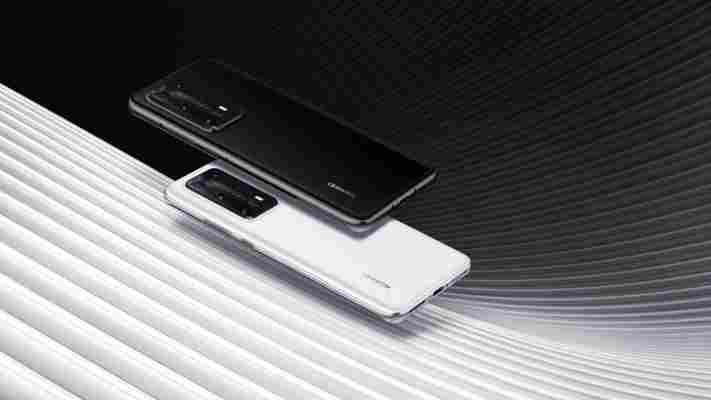
After months of rumors and speculation, Huawei‘s P40 Series is finally here, made up of three models. Once again, Huawei has its sights set on pushing the boundaries of mobile photography, this time with three models: the P40, P40 Pro, and P40 Pro+. The P40 Pro+, in particular, might have the craziest camera system ever put in a phone.

The star of the show is an absolutely massive 1/1.28-inch, 50 MP F1.9 primary sensor. Increasing the sensor size is one of the most beneficial changes you can make to improve a camera system, and the P40 family has the largest sensor ever put in a modern smartphone. It’s even encroaching upon sensors used in dedicated cameras (the now-defunct Nikon 1 system used 1-inch sensors, for instance).
The only sensor that comes close is the 1/1.33-inch sensor used in Samsung’s S20 Ultra, but it’s not available on the cheaper S20 models. Huawei uses the same primary sensor throughout the P40 family, ensuring you get similar image quality no matter what model you get.
Where the phones differ is in their additional sensors:
The P40 has three cameras: wide, ultrawide, and 3x telephoto.
The P40 Pro has four: wide, ultrawide, 5x telephoto, and ToF.
Finally, the Pro+ has five: wide, ultrawide, 3x telephoto, 10x telephoto, and ToF.
On the front, all three phones share a 32MP selfie camera, though only the Pro models have autofocus for it.
Huawei has also made improvements to the camera processing and software. The new hardware lets Pro+ reach up 100x hybrid zoom, and the company claims it’s improved depth detection for better bokeh. New AI features let you remove passersby and reflections from photos. And on the video front, the cameras now support 7,680fps slow motion and an ‘audio zoom’ feature for honing in on specific sounds.
Camera aside, the P40 Pro and Pro+ use a new ‘overflow’ display, which is kind of like Samsung’s curved edges, except it includes the top and bottom edges of the phone as well. On the rear, Huawei offers both glass and ceramic materials, with a new matte finish that rejects fingerprints.
Inside you’ll find the expected spec bumps. The phones use Huawei‘s new Kirin 990 5G chipset, which the company claims uses significantly less power than the Qualcomm alternative on 5G networks, and the screen now supports 90Hz refresh rates, and the phones continue to support Huawei‘s proprietary NM storage card technology.
The P40 packs a 3,800 mAh battery, while the P40 Pro and Pro+ have 4,200 mAh batteries. Each supports 40W charging, while the Pro+ also boasts the ability to charge at the same rate wirelessly.
The elephant in the room is Huawei‘s continued ban from Google services, including the Google Play Store. Huawei has been doing everything it can to get more apps in its own AppGallery marketplace, but Android just doesn’t feel the same without Google services in much of the world outside China. There’s still no end in sight to the Trump administration’s Huawei ban implemented last May, and with the president doubling down on the anti-China rhetoric during the coronavirus pandemic , I wouldn’t count on things changing anytime soon.
Still, Huawei hopes it can entice users to its system on the promise of its hardware, and there’s no denying the P40 family has some of the most impressive camera specs ever packed into smartphones. The P40 starts at €799 for 8GB+128GB, the Pro at €999 for 8+256GB, and the Pro+ at €1,399 for 8GB+512GB. The former two will be available beginning April 7, while the Pro+ arrives in June.